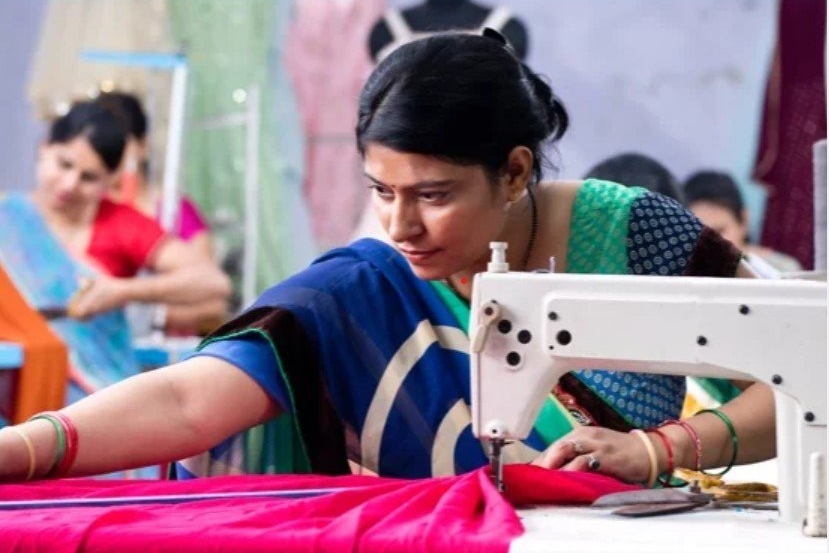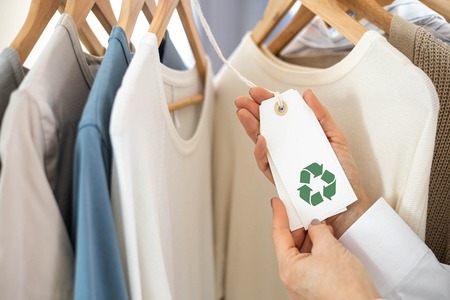
Laudes Foundation rolls out its new Transparency in Action platform
YarnsandFibers News Bureau 2022-03-02 09:22:11 – NetherlandsFollowing the European Commission's presentation of the Draft Directive on Corporate Sustainability Due Diligence last week, the Laudes Foundation launches the Transparency in Action portal. This free, industry-first online platform is aimed to assist fashion firms around the world in better understanding the role of transparency in improving performance, improving their own disclosures, and adapting to emerging legislation. The platform also navigates the current landscape of transparency resources, which is fragmented.
As fashion firms face new transparency requirements and standards, the Laudes Foundation is devoted to assisting them in increasing their degree of disclosure. Transparency and accountability are going from best practice to compliance as new policies are published around the world and consumer and investor expectations rise. As a result, governments are gradually turning from voluntary to mandatory measures, implying that companies would soon have no choice but to reveal information about their environmental and human rights impacts.
The fashion business is becoming more transparent, but there is still work to be done.
According to a survey released by Fashion Revolution in 2021, 32% of garment businesses evaluated in the study disclosed their supplier chains in 2017, but that number has risen to 47% less than five years later. These signs indicate that progress is being made, but there is still work to be done. Only 4% of companies released data on supply chain workers being paid living wages in 2021, according to the same survey; 27% of brands publish processing facilities beyond the first tier; and 26% of brands disclose science-based targets.
The Transparency in Action portal, designed by Laudes Foundation in collaboration with knowledge partners WikiRate, Fashion Revolution, and Open Apparel Registry, includes best practices, expert advice, tools, and resources – including information on existing and upcoming legislation – to help brands take informed steps toward transparency and expand their current efforts.
The platform takes a holistic approach to transparency, spanning the supply chain, manufacturing performance, and procurement procedures. Each has its own set of transparency criteria, and the platform provides specific instructions and checklists to assist fashion firms in meeting them.
In addition, the Transparency in Action platform identifies and guides fashion brands via four key transparency measures to improve transparency: Data collection and disclosure in an open, standardized format; Identifying action points through analyzing and comparing data; Taking steps to improve on a regular basis; and Monitoring and evaluation to determine whether activities have been beneficial and adjust if changes are required.
Jill Tucker, Head of Labour Rights, Laudes Foundation, said that Laudes Foundation is committed to accelerating positive change in fashion and has supported various initiatives that foster greater transparency in the industry, such as Fashion Revolution, the Open Apparel Registry (OAR), the WageIndicator Foundation, Solidar Suisse, and Mapped in Bangladesh.
Tucker added that they believe that effective transparency for fashion brands has a long-term benefit, and Transparency in Action aims to make that happen. They encourage all brands, regardless of where they are on their transparency path, to make use of this free resource. The platform provides simple, step-by-step instructions on how to become more open, from supply chain to factory performance and purchasing methods. As transparency expectations rise, now is the moment to get ahead of the curve.
Katie Shaw, Chief Programme Officer, Open Apparel Registry, said that they believe transparency is here to stay. When they first created Open Apparel Registry, the industry was eager to exchange name and address information. After a few years, they are now hearing a desire to contribute additional data points. Transparency is not only here to stay, but it is also growing.
Laureen van Breen, Managing Director, WikiRate said that as governments and investors throughout the world unite and intensify the push for corporate transparency, they notice a continuous growth in business reporting. Nonetheless, there is still much to be done. Companies' reporting on the outcomes of their policies and promises on ESG problems is woefully lacking in proof. As a result, it's great to see a growing community of transparency efforts that promote corporate responsibility, and she is excited to see the Transparency in Action website launch to keep them up to date on the latest developments, projects, and collaborations.
Market Intelligence
Ask for free sample Report

experience
Customer Base
dedicated team
Countries Served Worldwide









